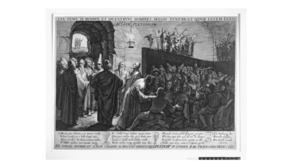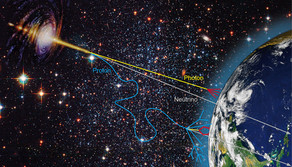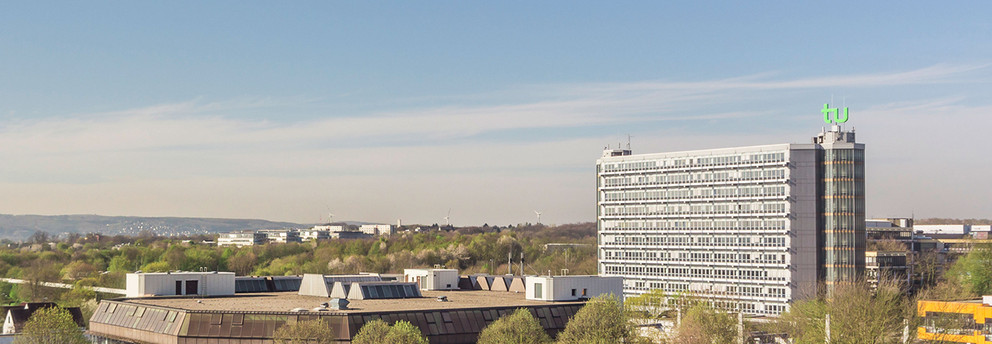We work on the exploration of the universe with a variety of modern experiments distributed all over the world.
To this end, we search for neutrinos, radio signals and photons of the highest energies.
Our Research
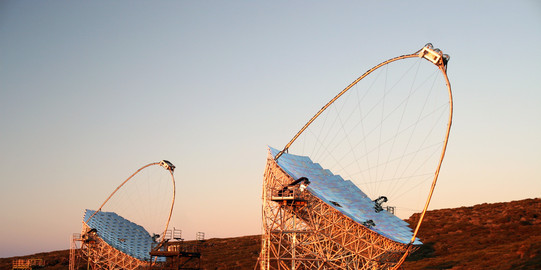
Gamma-ray Astronomy
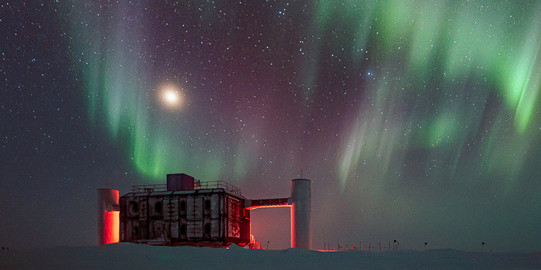
Neutrino Astronomy
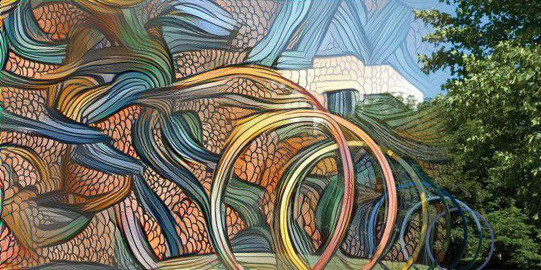
Method Development
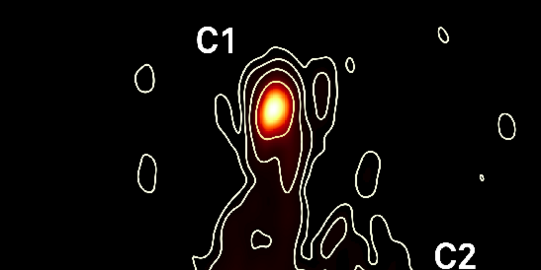
Radio Astronomy
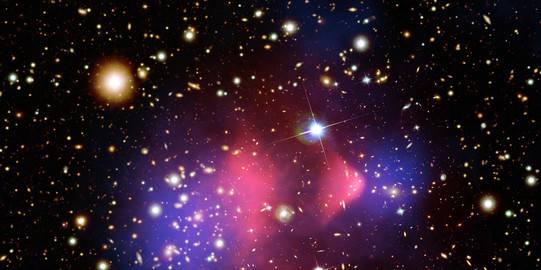
Dark Matter
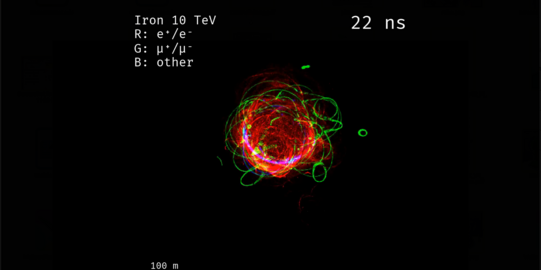
Particle Interaction and Propagation
News
Dr. Stefan Fröse completes his PhD at our chair
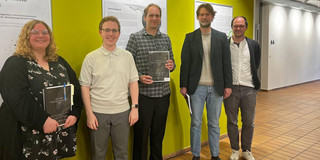
Chair members at the spring conference of the German Physical Society (DPG)
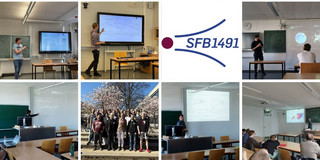
Extremely high-energy neutrino detected in the Mediterranean Sea

Winter Academy 2025
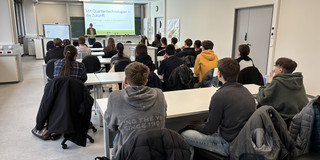
Congratulations to Dr. Felix Geyer on the successful completion of his PhD
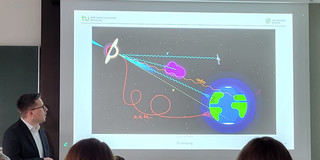
Successful PhD Defense of Rune Dominik
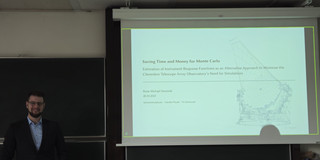
Congratulations to Dr. Jan Lukas Schubert on the successful defense of his PhD
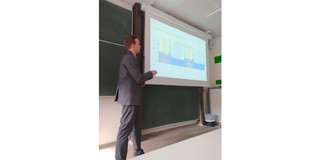
Former member of our chair is mentioned in the scientific background article of the 2024 Nobel Prize in Physics

Members of the chair are awarded the Florian Goebel Prize
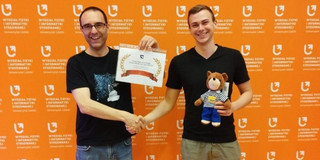
Dr. Jean-Marco Alameddine successfully finished his PhD
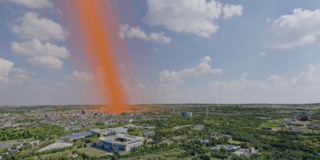
Dr. Lukas Nickel successfully completes his PhD
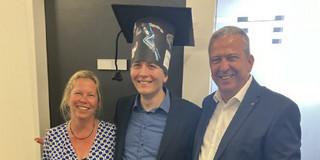
Dr. Simone Mender successfully completes her PhD
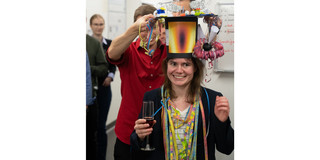

![[Translate to English:] [Translate to English:]](/storages/app-physik/_processed_/3/a/csm_APPGroupphoto2023_001_small_858e4405eb.jpg)
